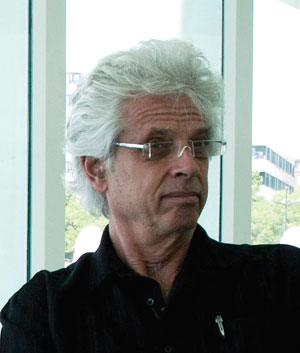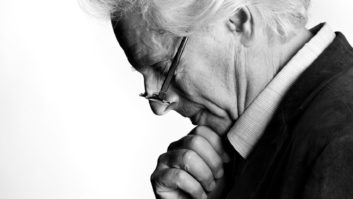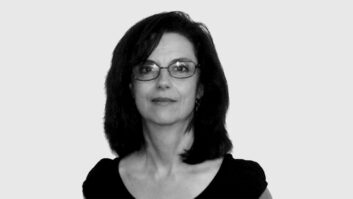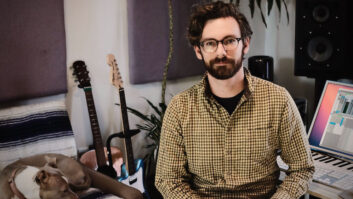
There’s always going to be a first one,” says architect John Storyk, reflecting matter-of-factly on the first studio he ever designed. In other words, everybody has to start somewhere. Storyk was fortunate enough to start with Jimi Hendrix and Electric Lady.
After graduating from Princeton in 1968, Storyk went to work for a commercial architecture firm in New York City. Evenings, he frequented blues clubs, including one in the basement of the 8th Street Cinema (52 West 8th), where he’d seen greats such as Buddy Guy, Junior Wells and the young Jimi Hendrix.
“I got a very small commission around that time—to do what seemed like a rather insignificant project in SoHo [to design] an experimental ‘sensorium’ called Cerebrum,” Storyk recalls. “It ended up becoming very well known; it got the cover of Life magazine. The late ‘60s were ground zero for colored, changing lights that changed the environment.
“One night, Jimi Hendrix went to this club. Shortly after, he decided to buy the blues club at 52 West 8th Street and asked his manager to find out who designed the nightclub in SoHo. I got a call from Jimi’s manager, Michael Jeffries: ‘Would you like to design a club for Jimi Hendrix?’ I was 22 years old.”
Hendrix was particularly taken with the shifting colors and curved surfaces in Cerebrum, and he wanted Storyk to design a nightclub that incorporated similar elements.
“I went to a meeting with Michael, Jimi and Jim Marron, who later became manager of Electric Lady Studios,” Storyk says. “I was hired to design this club for Jimi, which I did, but at the eleventh hour the idea was scrapped. Eddie [Kramer, Hendrix’s studio engineer] had recently arrived from England and was more interested in a studio than a club. I was invited to stay on and design the studio. I quit my day job.”

Storyk simultaneously found himself an internship with an acoustician who designed radio stations. That way, he learned about acoustics as he went, and had someone he could consult on the acoustical design. “I had no experience,” Storyk says. “A combination of intuition, architectural skill and good old-fashioned luck resulted in the Lady coming to life. Try to remember, in 1968, 1969, there was not really a studio design community, and the idea of an artist having his own studio was just emerging. For a major artist to have his own world-class studio below 42nd street in Manhattan was unheard of.”
Looking back, Storyk says that the feel of Electric Lady as an artist-centered studio was, and continues to be, the studio’s most essential quality. “Until that moment, most studios were not comfortable for artists,” he says. “They came in, they did their recording, they left. They never went into the control room. Control rooms were small; they held equipment, and they were just for engineers.
“Jimi’s idea was completely antithetical to that. He wanted his studio to feel like his living room; it was more or less built as his personal studio—like a home studio on 8th Street. There’s a great big A room—that came from Eddie’s experience at Olympic Studios, and from the way he likes to record. There’s also terrific equipment, but the real trademark is the fact that when you go through the door, it feels very safe, very private, very quiet. It’s an artist’s studio.”
Storyk is the first person to point out that if he knew then what he knows now, he would approach some aspects of the design differently. For example, today he probably wouldn’t agree to implement those curved surfaces. And with 20-20 hindsight, he might even have chosen a different location. But in the end, the designer is justifiably proud of the history, longevity and continued vitality of the first studio he ever designed.
“Often, I get introduced as the designer of Electric Lady Studios, and I say, ‘You know that just means I’m old. I mean, do the math,’” Storyk says. “But it’s definitely cool: your first project gets built, and it’s famous, and it’s not just still standing but it’s one of the top studios in the world. I’m not gonna lie; that’s an honor. I’m forever grateful to Jimi, Eddie and today its current leader, Lee Foster. I’m even more thankful to be part of the audio community.”







